Ireland’s western counties hold secrets that most tourists never discover. While the Ring of Kerry and Cliffs of Moher draw millions of visitors each year, the real magic happens in quiet corners where ancient stones tell stories and locals still gather in century-old pubs. These places don’t appear on Instagram feeds or tour bus itineraries, but they capture the essence of Ireland in ways that crowded attractions simply can’t match.
The western counties stretch from Donegal’s rugged coastline down to Cork’s hidden harbors, each one packed with treasures waiting for curious travelers. Here is a list of 19 hidden gems that showcase the authentic spirit of Ireland’s west.
Glenveagh Castle
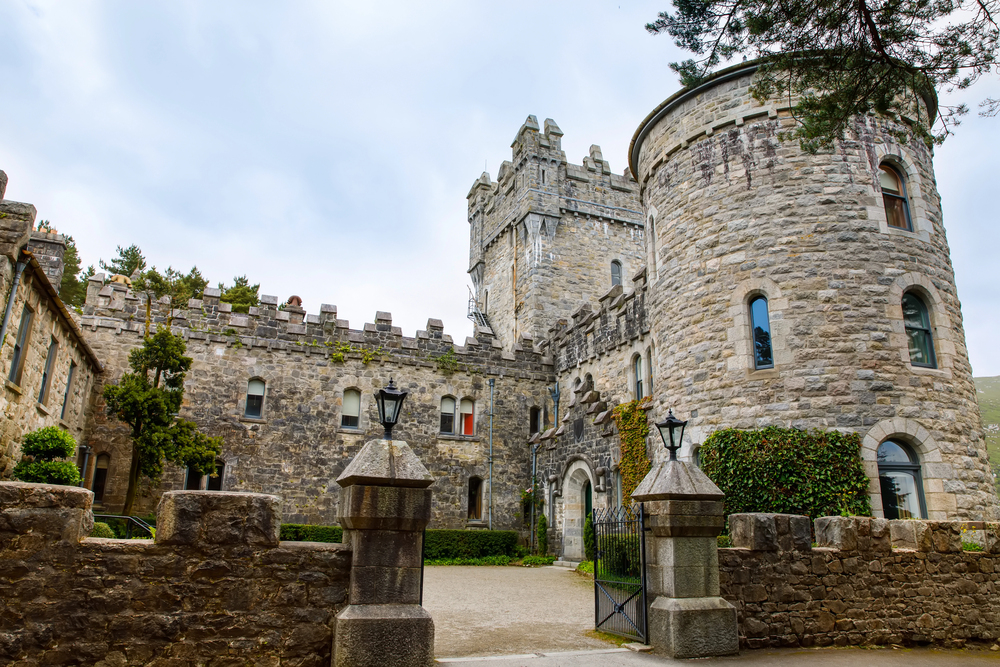
Nestled in Donegal’s wilderness, Glenveagh Castle looks like something from a fairy tale, complete with towers reflecting in a pristine lake. The Victorian castle sits on 40,000 acres of national park land, surrounded by mountains that seem to touch the clouds. Most visitors stick to the main tourist trail, but the castle’s walled gardens hide exotic plants that somehow thrive in this remote corner of Ireland. The castle’s story involves a controversial landlord, tenant evictions, and eventual redemption as a national treasure.
Skellig Michael
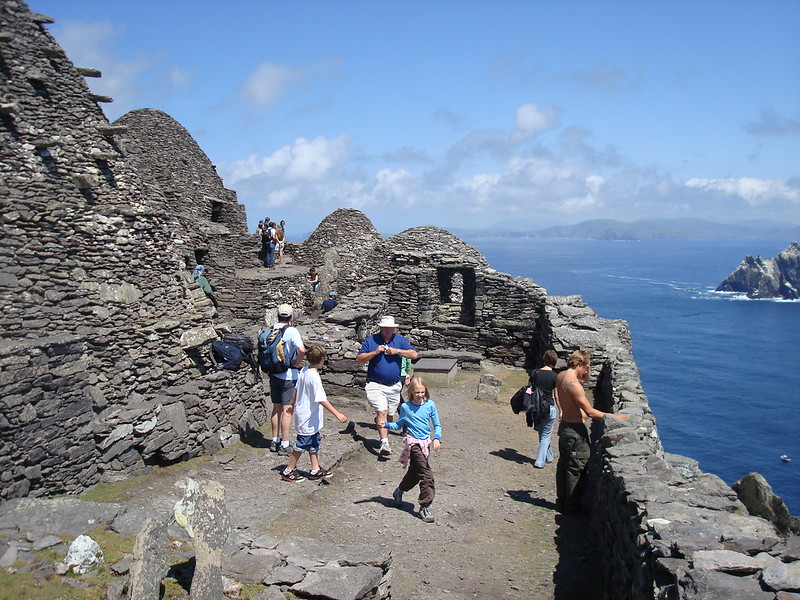
This UNESCO World Heritage site off the Kerry coast requires a boat ride that feels like traveling back in time. The ancient monastic settlement perches on jagged cliffs 600 feet above the Atlantic, where monks once lived in stone huts that have survived over 1,000 years of storms. The island gained Hollywood fame as a Star Wars filming location, but its real magic lies in the incredible feat of human endurance it represents. Only 180 people per day can visit, making it one of Ireland’s most exclusive experiences.
Dunluce Castle
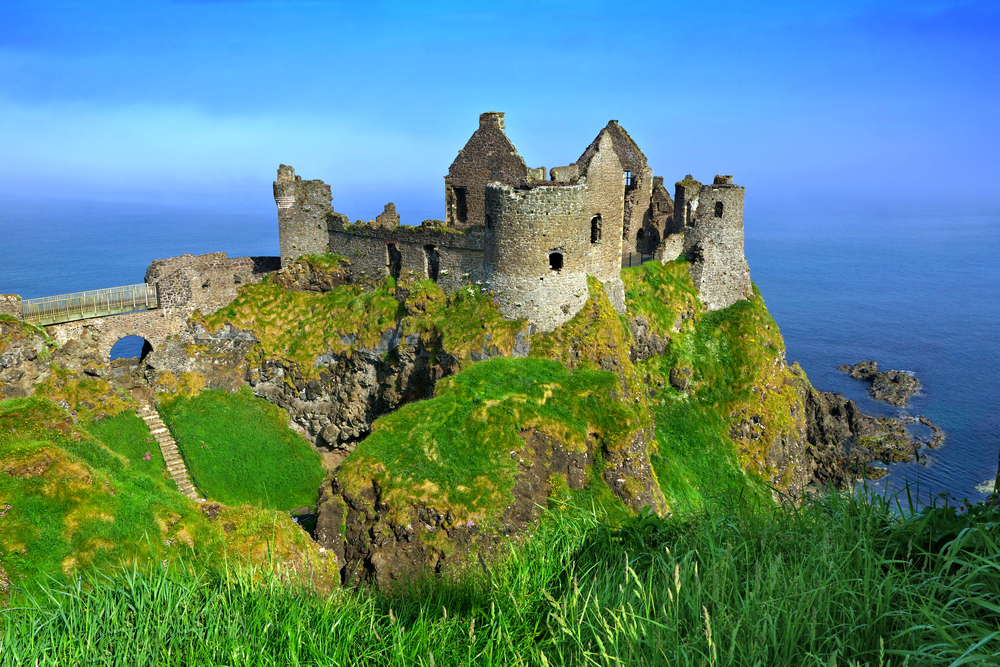
Perched dramatically on Antrim’s coastal cliffs, Dunluce Castle represents one of Ireland’s most photogenic ruins. The medieval castle literally hangs over the edge of the cliff, with parts having already fallen into the sea below. Local legend claims that one stormy night, the castle’s kitchen collapsed into the ocean while dinner was being prepared, and only a kitchen boy survived by sitting in the corner. The castle’s precarious position makes it a perfect metaphor for Ireland’s turbulent history with nature and politics.
Garnish Island
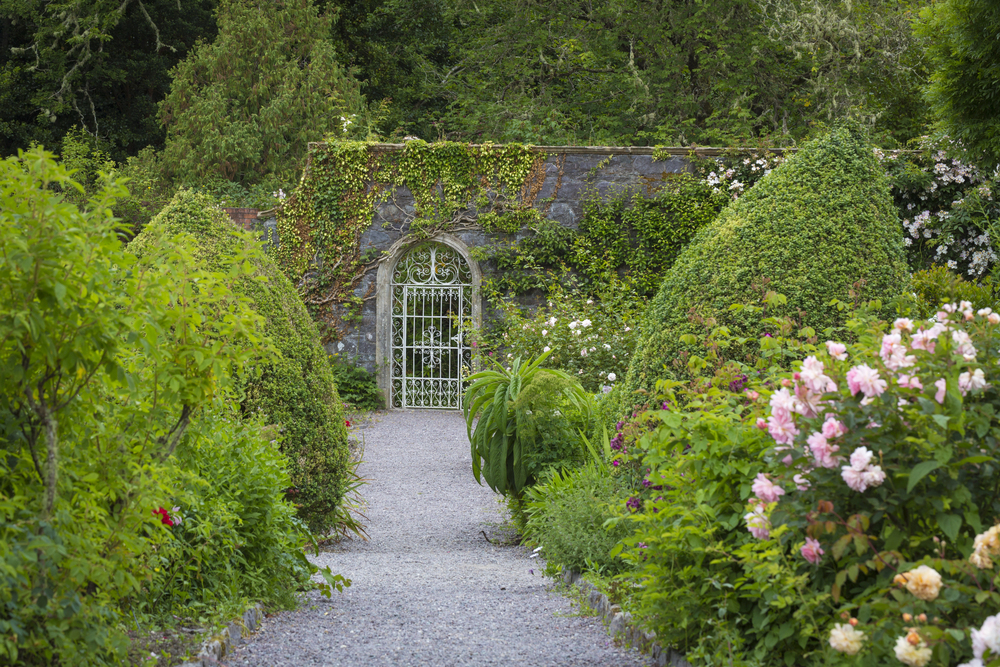
This 37-acre island in Cork’s Bantry Bay transforms into a botanical paradise thanks to the Gulf Stream’s warming influence. The island features an Italian garden, a Martello tower, and plants from around the world that have no business thriving in Ireland’s climate. Visitors reach the island by taking a short boat ride, often accompanied by curious seals that seem to enjoy the company. The garden’s designer, Harold Peto, created outdoor rooms that frame views of the surrounding mountains and water.
Dún Dúchathair
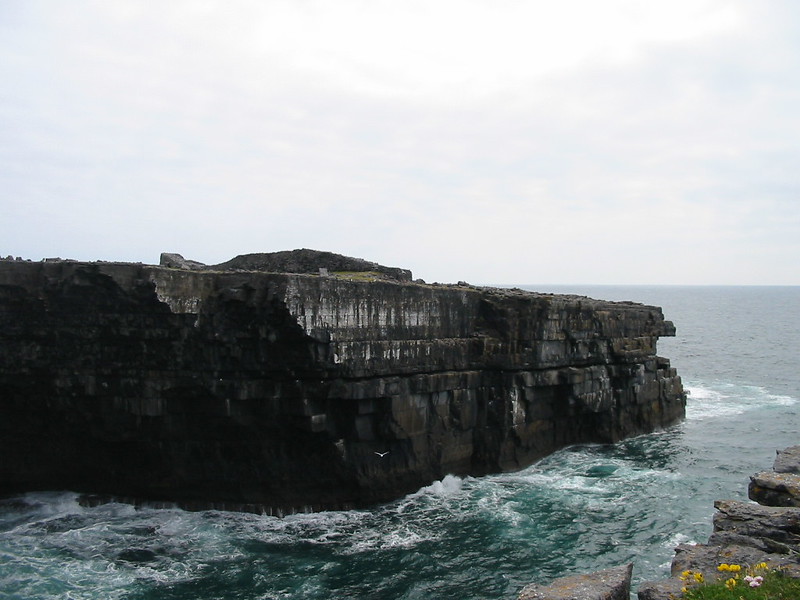
Also known as the Black Fort, this ancient stone fort on Inishmore in the Aran Islands clings to cliffs that drop straight into the Atlantic. The fort’s massive stone walls were built without mortar over 2,000 years ago, yet they still stand strong against winter storms that would flatten modern buildings. Getting there requires a walk across limestone fields that look like the surface of an alien planet, complete with rare Arctic plants growing in the crevices. The fort offers views that stretch to the Cliffs of Moher and beyond, making the journey feel like a pilgrimage.
Gleninchaquin Park
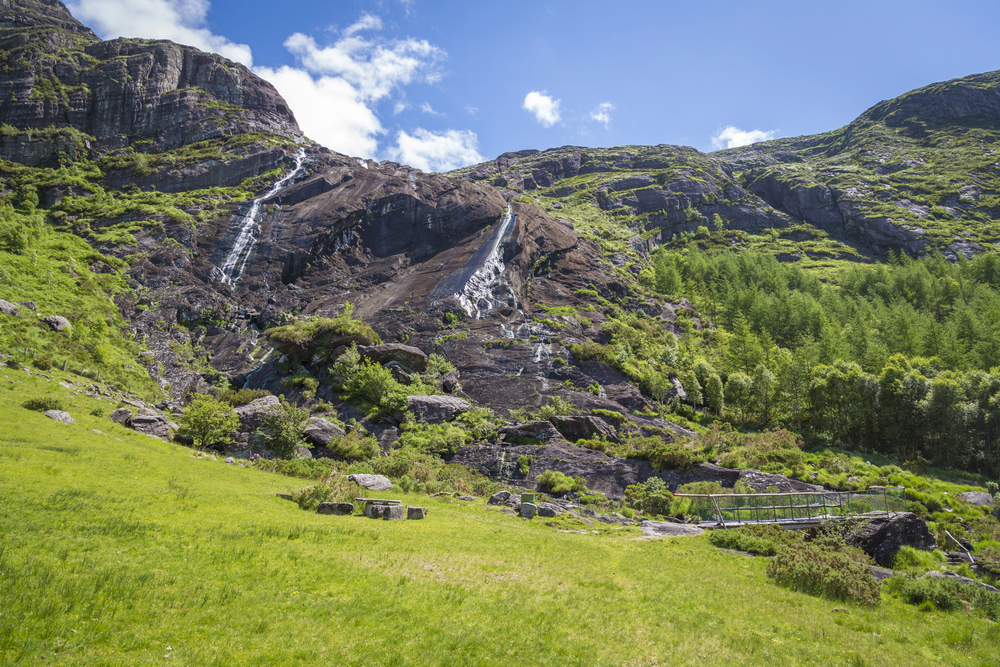
Hidden in Kerry’s mountains, this privately owned park showcases Ireland’s natural beauty without the crowds of more famous locations. The park features a spectacular waterfall that drops 150 feet into a crystal-clear pool, surrounded by ancient oak trees and mountain peaks. Visitors can follow walking trails that lead through landscapes virtually unchanged since the last ice age. The park’s owners have carefully preserved the area’s natural character while providing just enough infrastructure to make it accessible.
Dursey Island
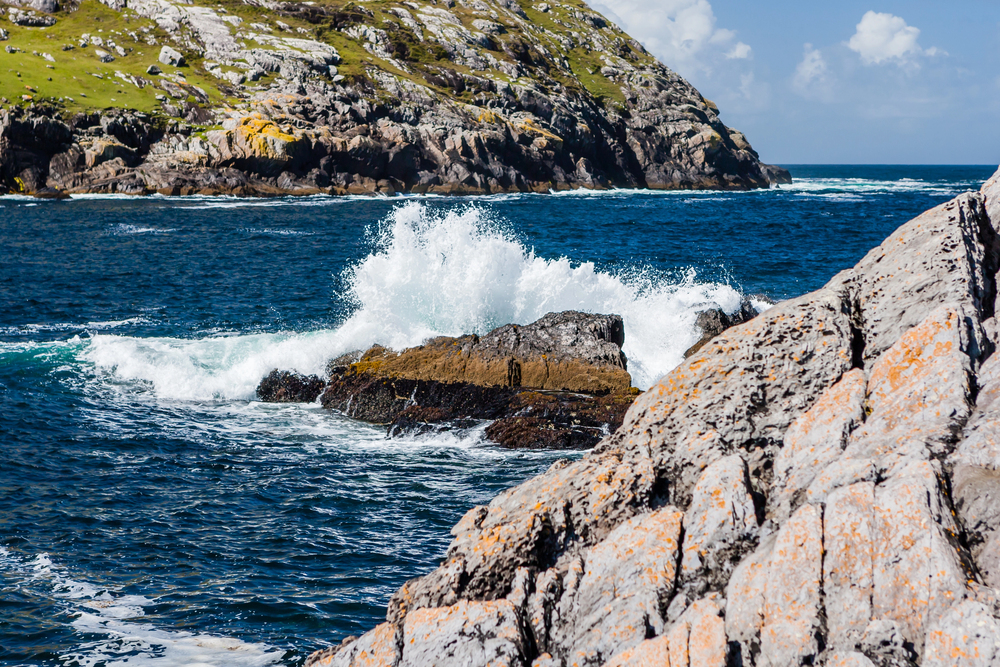
Connected to the mainland by Ireland’s only cable car, Dursey Island offers an experience that feels both thrilling and slightly terrifying. The cable car, which also transports cows and farm equipment, sways gently as it carries passengers across the narrow channel separating the island from the Beara Peninsula. The island itself is home to only a handful of residents and countless seabirds, making it perfect for those seeking true solitude. The 360-degree views from the island’s highest point include the Skellig Islands and the distant mountains of Kerry.
Connemara National Park
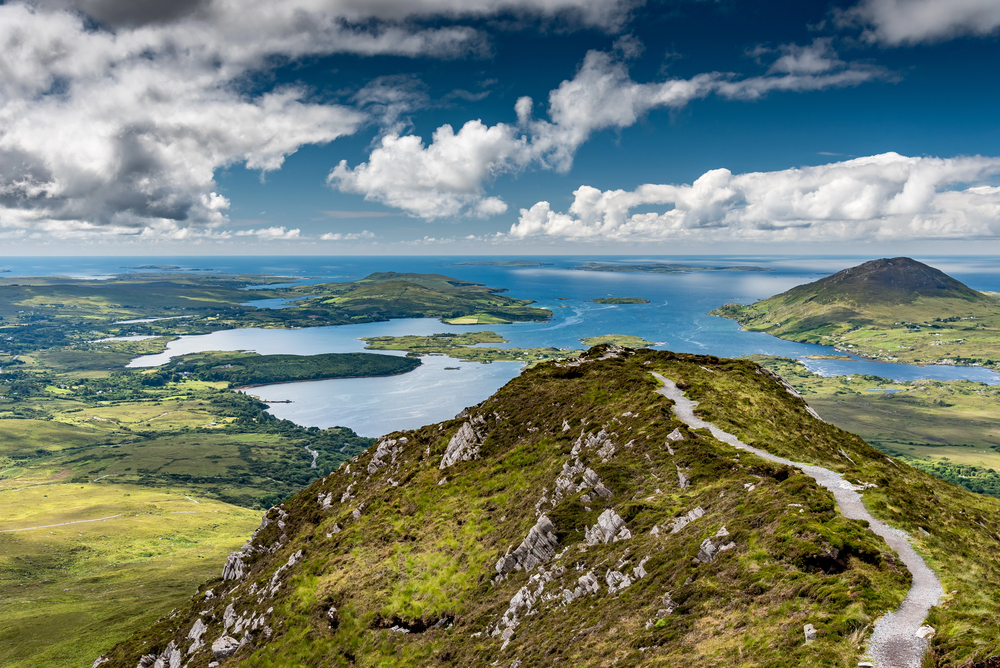
This 5,000-acre park in Galway captures the essence of Ireland’s wild west with its combination of mountains, bogs, and grasslands. The park centers around the Twelve Bens mountain range, where hiking trails lead through landscapes that inspired countless Irish songs and stories. Diamond Hill, the park’s most popular peak, offers panoramic views that stretch from the Atlantic to the lakes of Connemara. The visitor center provides excellent information about the area’s unique ecology, including the famous Connemara pony.
Achill Island
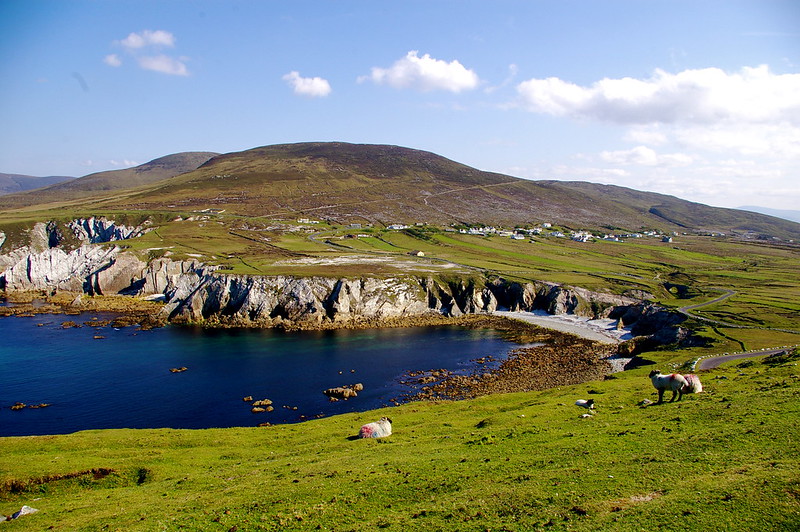
Connected to Mayo by a bridge, Achill Island feels like a separate world where time moves at a different pace. The island features some of Ireland’s most spectacular beaches, including Keem Bay, where the sand is so white it almost hurts to look at on sunny days. The island’s history includes everything from pirates to famine villages, with abandoned settlements scattered across the landscape like an open-air museum. The Atlantic Drive around the island’s perimeter offers stunning views at every turn, especially where the cliffs meet the sea.
Kylemore Abbey
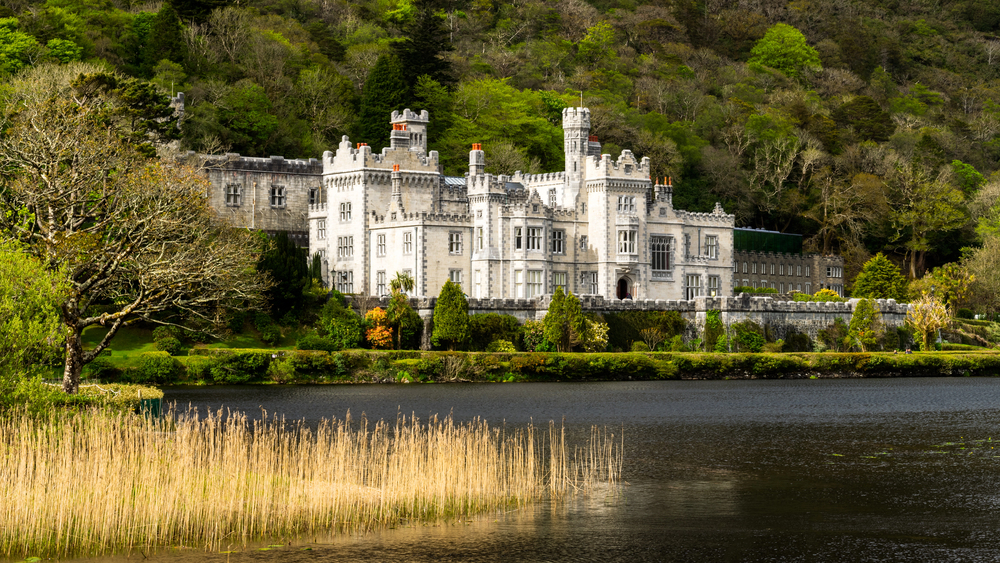
This Victorian castle turned Benedictine monastery sits beside a lake that perfectly reflects its Gothic Revival architecture. The abbey’s Victorian walled garden, restored to its original 1890s glory, produces vegetables and flowers that supply both the monastery and local restaurants. The abbey’s story involves a tragic love story, a wealthy businessman’s tribute to his late wife, and nuns who fled Belgium during World War I. The six-acre garden includes Ireland’s largest collection of flowering shrubs and trees from around the world.
Blasket Islands
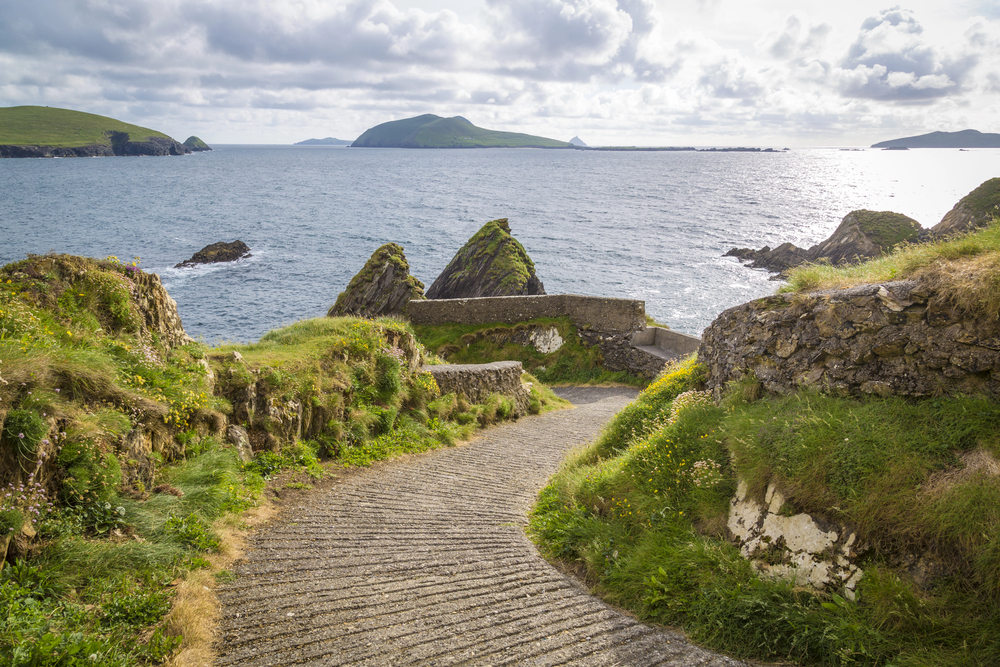
These uninhabited islands off the Kerry coast once supported a thriving Irish-speaking community that produced some of Ireland’s greatest writers. The islands were evacuated in 1953 when the population became too small to sustain itself, but their cultural legacy lives on in books that capture a way of life that existed nowhere else. Visitors can take boat trips to the Great Blasket, where the remains of the village and stone walls create a haunting landscape. The islands’ isolation preserved not just the Irish language but also traditions and stories that date back centuries.
Croagh Patrick
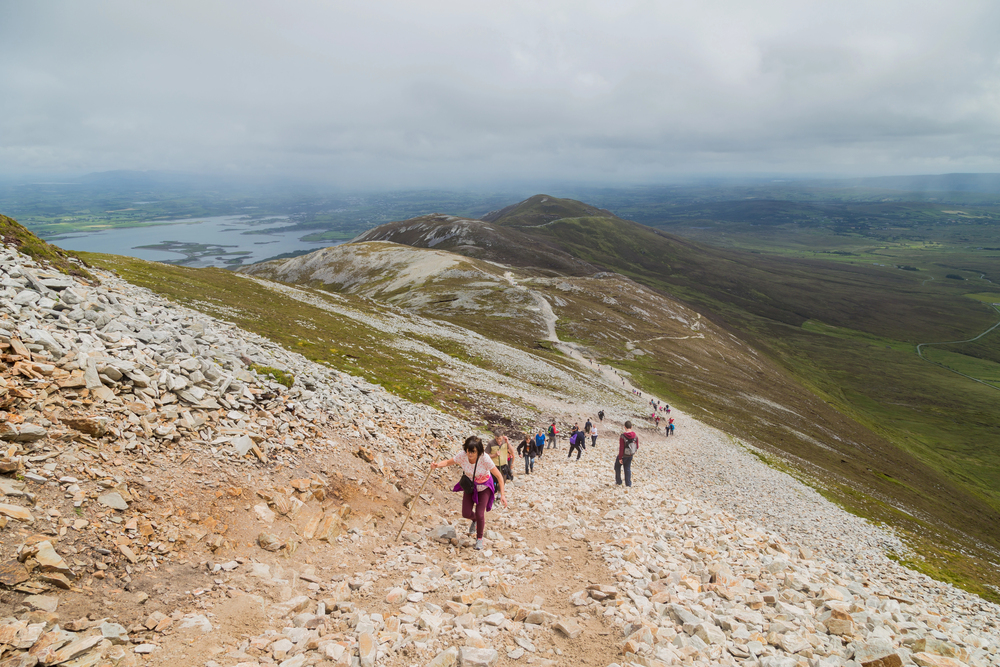
— Photo by zittto
This 2,507-foot mountain in Mayo attracts pilgrims who climb to its summit following in the footsteps of Saint Patrick, who supposedly spent 40 days fasting on its peak. The mountain’s quartzite scree makes the final ascent challenging, but the views from the top encompass Clew Bay’s 365 islands and the mountains of Connemara. Every year on the last Sunday in July, thousands of pilgrims make the climb, some barefoot, in a tradition that dates back over 1,500 years. The mountain’s spiritual significance combines with its natural beauty to create an experience that transcends typical hiking.
Slieve League
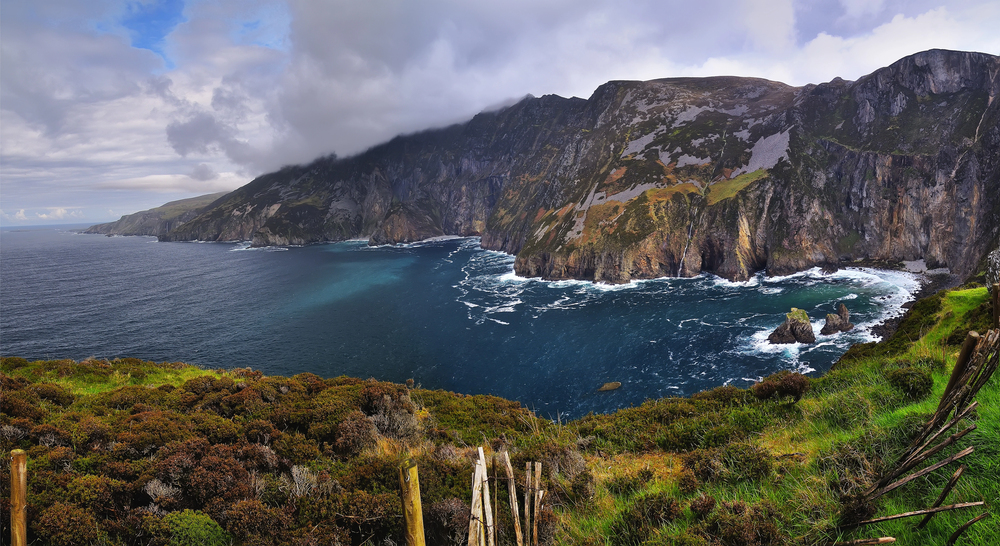
These sea cliffs in Donegal rise nearly 2,000 feet above the Atlantic, making them among Europe’s highest. The cliffs offer a more authentic experience than the famous Cliffs of Moher, with fewer crowds and more opportunities to appreciate their raw power. The One Man’s Path, a narrow ridge that leads to the highest point, is not for the faint of heart but rewards brave hikers with unforgettable views. The cliffs’ colors change throughout the day, from deep purple in the morning to brilliant orange at sunset.
Inishbofin Island
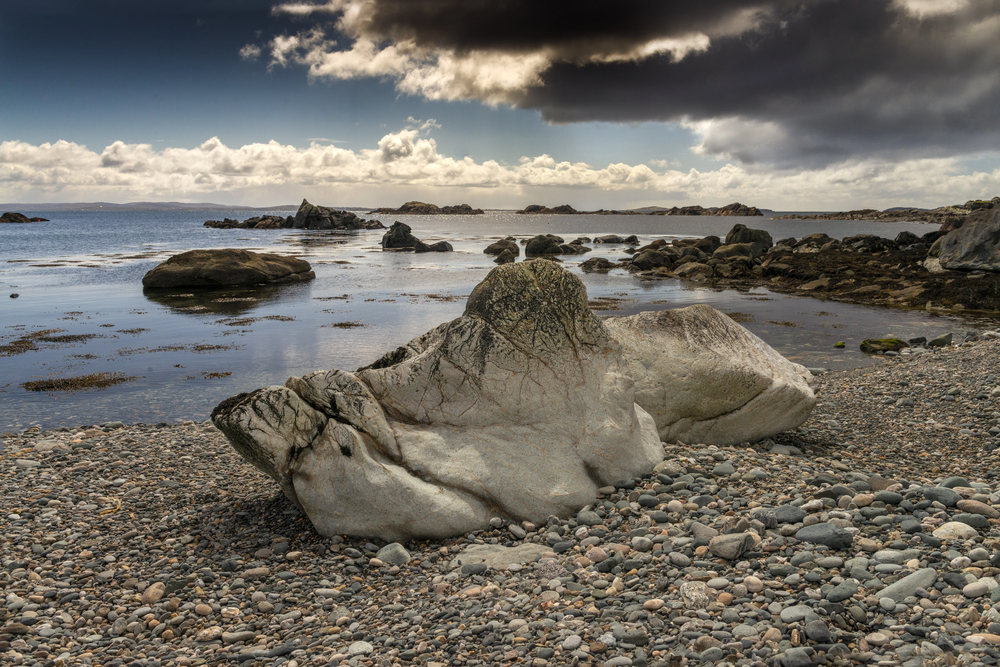
This small island off the Galway coast feels like stepping back in time to an Ireland where community still matters and everyone knows their neighbors. The island’s single village centers around a harbor where fishing boats bob alongside pleasure craft, and the local pub serves as the unofficial town hall. The island’s history includes everything from pirates to Cromwell’s soldiers, with a 16th-century castle guarding the harbor entrance. Visitors can explore the island by bike or on foot, discovering hidden beaches and ancient ruins around every corner.
Portmagee
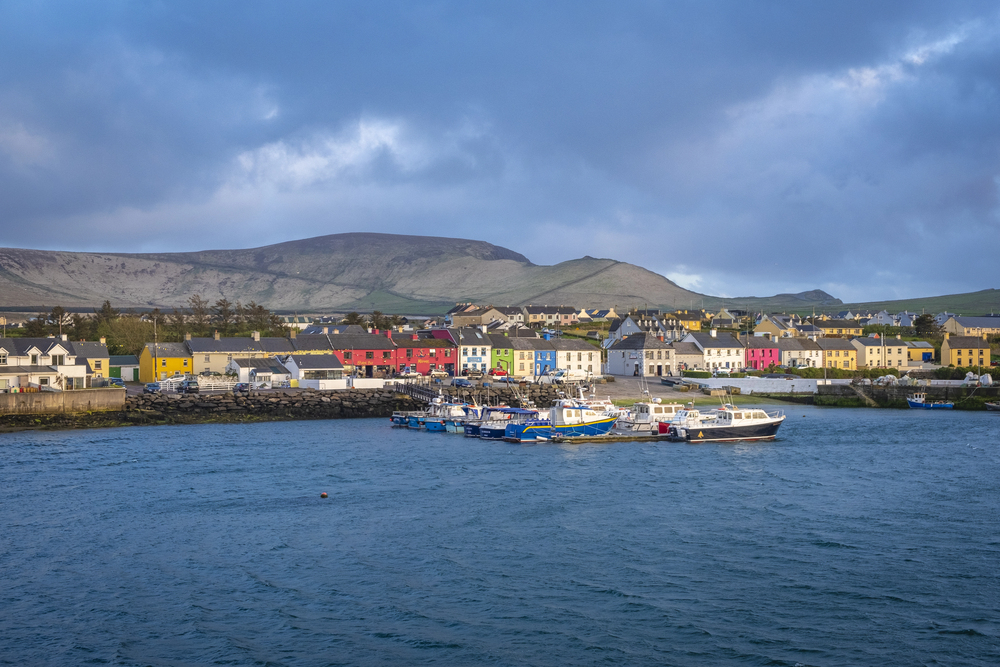
This tiny fishing village on the Ring of Kerry serves as the gateway to the Skellig Islands, but it deserves attention in its own right. The village’s colorful houses line a harbor where fishing boats share space with the vessels that ferry visitors to the Skelligs. The village’s two pubs offer traditional Irish music sessions that attract musicians from across the country. The nearby Valentia Island, connected by a bridge, features the Skellig Experience Centre and some of Ireland’s most dramatic coastal scenery.
Malin Head
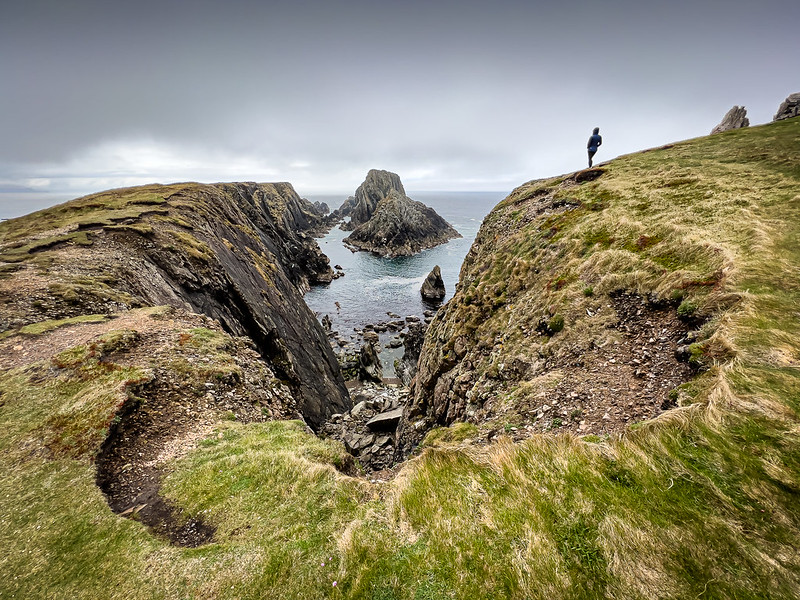
Ireland’s northernmost point offers dramatic cliff-top walks and views that stretch to Scotland on clear days. The headland’s landscape feels almost lunar, with grass-covered hills rolling down to rocky shores where the Atlantic meets the Irish Sea. The area’s history includes a Napoleonic signal tower, World War II lookout posts, and ancient stone forts that prove people have been drawn to this remote location for thousands of years. The nearby village of Malin offers traditional Irish hospitality and serves as a base for exploring the Inishowen Peninsula.
Glencolmcille
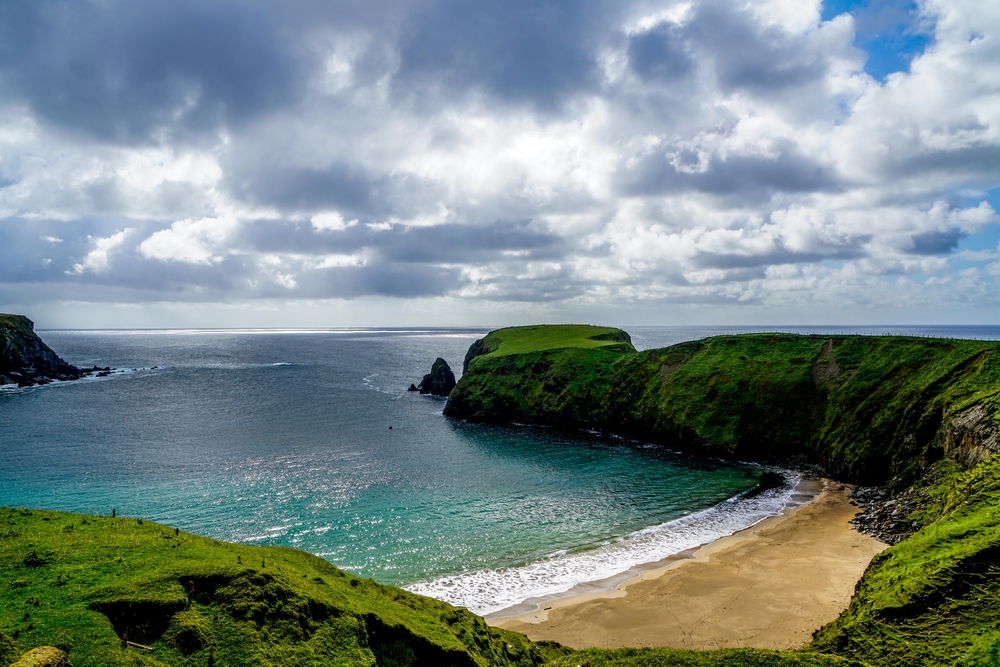
This remote valley in Donegal preserves Irish culture and language in a way that feels authentic rather than performed. The valley’s folk village recreates traditional Irish life from different periods, with authentic thatched cottages and demonstrations of traditional crafts. The surrounding landscape includes some of Ireland’s most impressive sea cliffs and hidden beaches that require local knowledge to find. The valley’s name honors Saint Colmcille, and ancient stone crosses and holy wells scattered throughout the area reflect its spiritual significance.
Dingle Peninsula
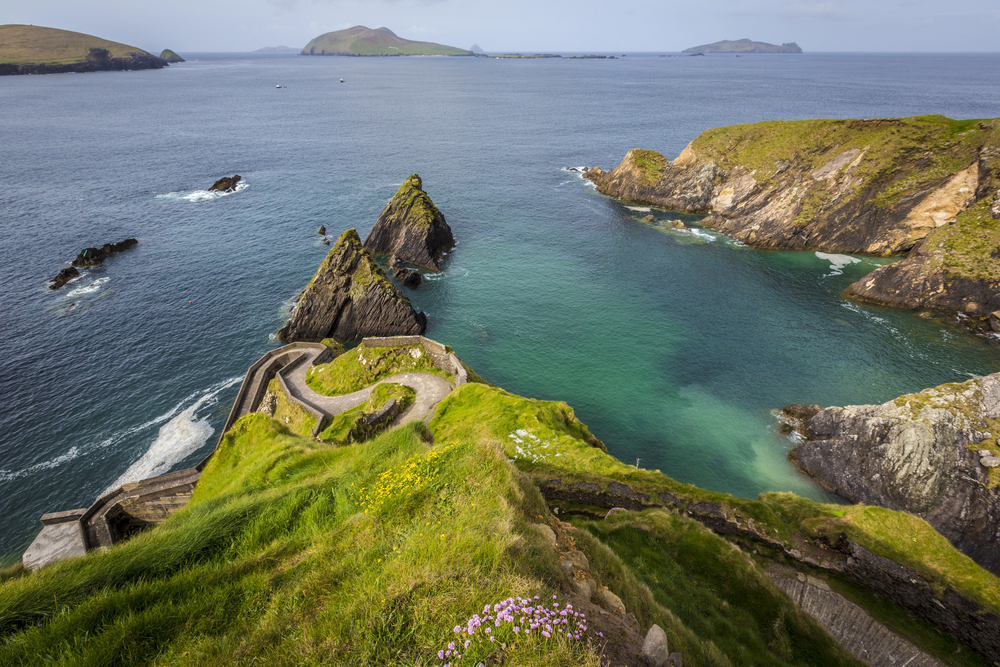
While the town of Dingle attracts plenty of visitors, the peninsula’s outer reaches remain relatively undiscovered. The peninsula’s western tip features ancient stone structures, including the famous Gallarus Oratory, a 1,200-year-old stone church built without mortar. The Slea Head Drive offers spectacular coastal views, but the real treasures lie in the small villages and hidden beaches that most tourists never find. The peninsula’s Irish-speaking areas preserve traditions and stories that connect directly to Ireland’s ancient past.
Rathlin Island
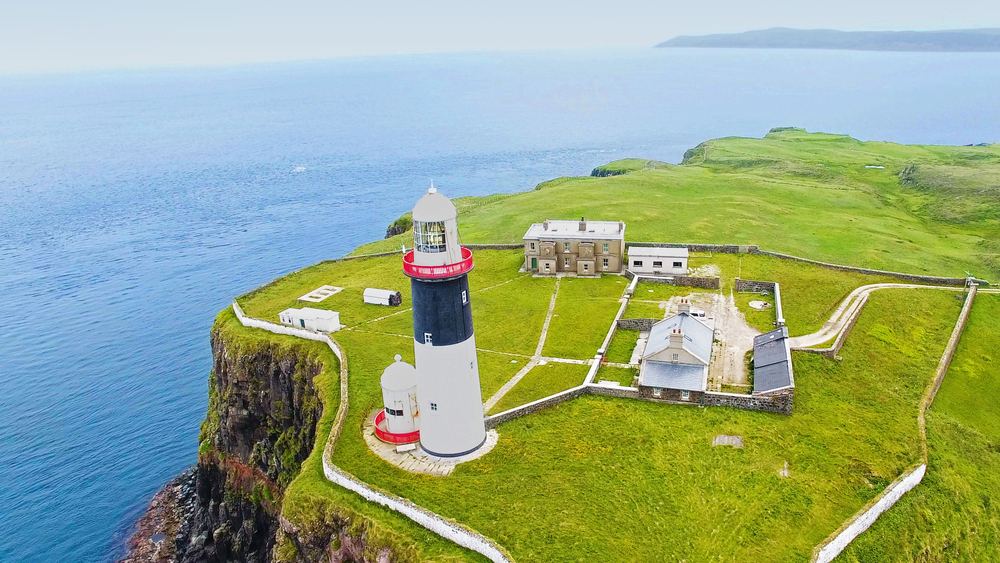
This L-shaped island off the Antrim coast offers a peaceful retreat where puffins nest in spring and seals bask on rocky shores year-round. The island’s population of around 150 people welcomes visitors with genuine warmth, and the local pub serves as the social center for both residents and guests. The island’s history includes Robert the Bruce’s cave, where the Scottish king supposedly found inspiration from a spider’s persistence. The RSPB seabird centre provides excellent opportunities to observe puffins, guillemots, and other seabirds in their natural habitat.
Where Ancient Meets Timeless
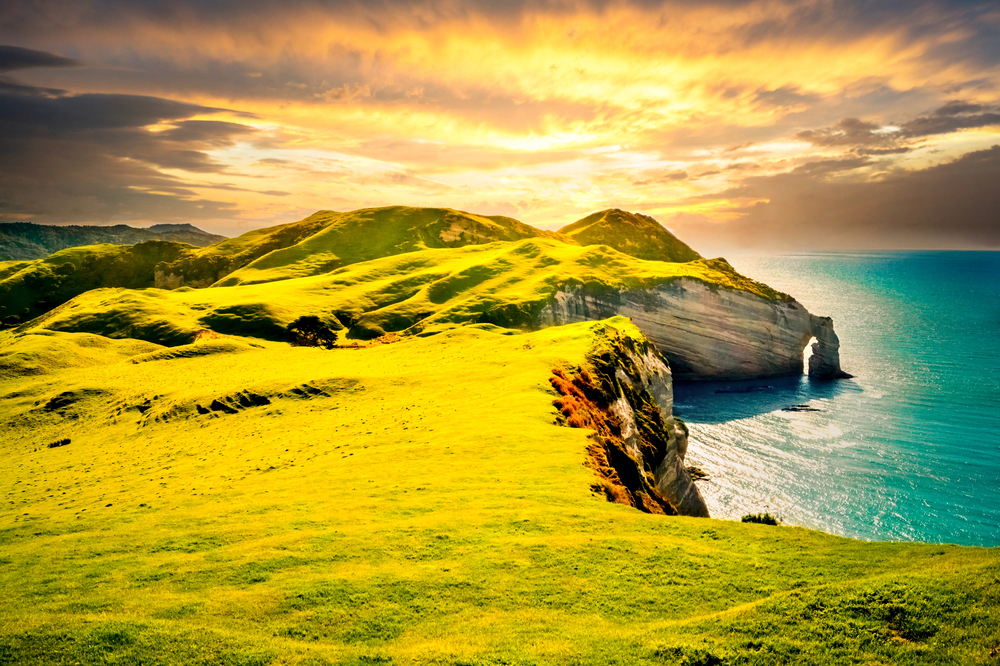
These hidden gems represent more than just tourist attractions; they embody Ireland’s ability to preserve its authentic character while welcoming curious visitors. Each location tells a story that connects Ireland’s ancient past to its living present, whether through monks who chose isolation to find God or communities that maintained their traditions despite centuries of change. The western counties continue to guard these secrets, not out of secrecy, but because they understand that some experiences become more meaningful when they’re discovered rather than simply visited. These places remind us that Ireland’s greatest treasures aren’t always the most famous ones, but rather the ones that speak to something deeper in the human spirit.
More from Travel Pug

- 20 Best Beach Towns in the Carolinas
- 13 Destinations Where Tourists Regularly Regret Their Trip
- 20 Things You Actually Get in First Class
- 20 Small Airports With Aviation Museums
- 20 Places in the U.S. That Are Perfect for a Reset Trip
Like Travel Pug’s content? Follow us on MSN.
